How hot is your kitchen?
Lars
9 years ago
Related Stories
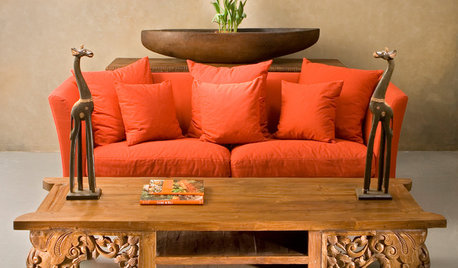
ORANGEOrange: Still Hot, Hot, Hot
Get fired up to bring in more orange with energizing paint, furnishings, rugs and accessories
Full Story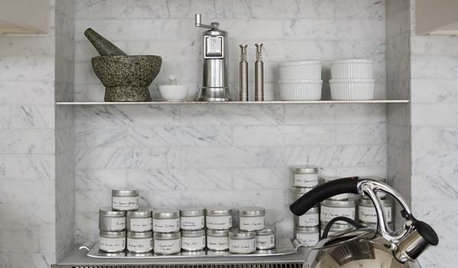
KITCHEN DESIGN24 Hot Ideas for Stashing Spices
Create a Mini Spice Pantry in a Wall, Drawer, Island or Gap Between Cabinets
Full Story
KITCHEN DESIGNUsing White Marble: Hot Debate Over a Classic Beauty
Do you love perfection or patina? Here's how to see if marble's right for you
Full Story
KITCHEN DESIGNEmbrace a Hot Trend With a Kitchen Warming Drawer
Serve food at just the right temperature with this increasingly popular appliance, coordinated to match your kitchen's style
Full Story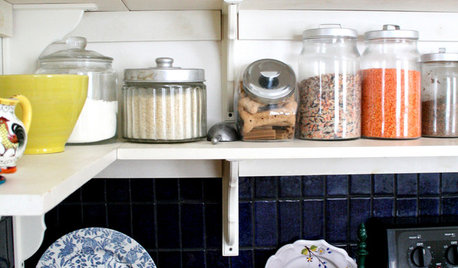
KITCHEN DESIGNDisplaying Kitchen Supplies — Hot or Not?
Do some kitchens just beg for a cozy row of canisters and gear for all to see? Have a look and let us know what you think
Full Story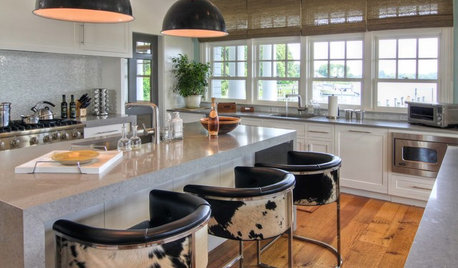
KITCHEN DESIGNHot Seats! 12 Great Bar Stools for All Kitchen Styles
Seek some hide, go backless, pick a swivel or a footrest — these stools let you belly up to the bar or island however you like
Full Story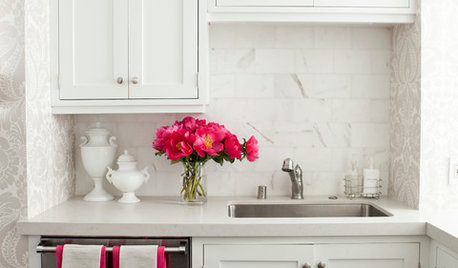
SHOP HOUZZShop Houzz: What’s Hot in the Kitchen? Think Pink
A little hot pink can make a grand statement paired with neutrals in the kitchen
Full Story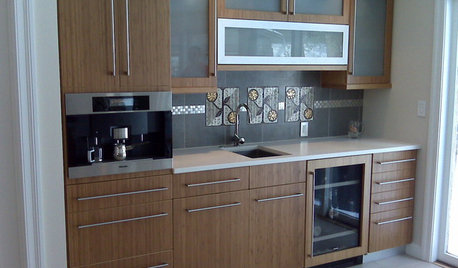
KITCHEN DESIGNHot Ideas and Tips for Coffee and Tea Stations
Let options like drawer inserts and built-in coffeemakers percolate now, so your hot-drinks station can best serve holiday guests
Full Story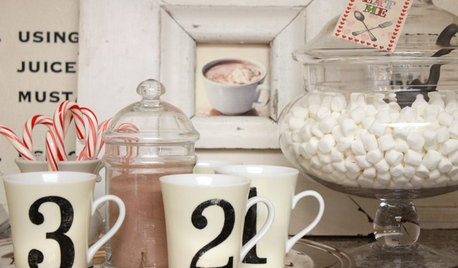
PRODUCT PICKSGuest Picks: Hot Chocolate Station Fixings
Treat family and guests to a fix of cocoa in a festive mug, accompanied by sweet somethings, from a well-stocked kitchen station
Full Story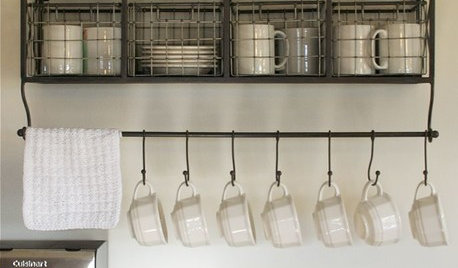
KITCHEN DESIGNHot-Drink Stations Hit the Spot
Beverage bars brimming with cocoa, tea, coffee and all the accoutrements make winter entertaining a delight
Full Story


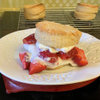
beachlily z9a
plllog
Related Discussions
How hot is your snow??
Q
How do you fill your hot sauce bottles?
Q
How do you determine your tankless hot water heater size?
Q
How to build your soil less medium for hot pepper plants
Q
dcarch7 d c f l a s h 7 @ y a h o o . c o m
alex9179
grainlady_ks
kitchendetective
LarsOriginal Author
dcarch7 d c f l a s h 7 @ y a h o o . c o m
alex9179
LarsOriginal Author
sleevendog (5a NY 6aNYC NL CA)
dcarch7 d c f l a s h 7 @ y a h o o . c o m
plllog
compumom
LarsOriginal Author
Gooster
tcgardener Zone 10a SE Florida
evenshade
plllog